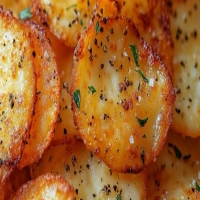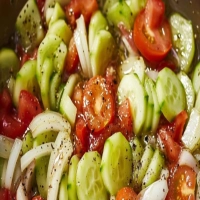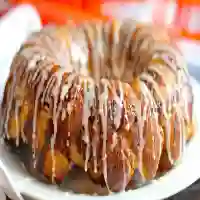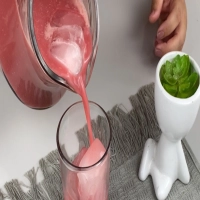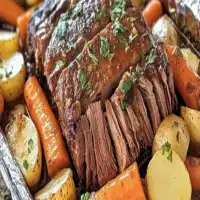Homemade Buttercream Frosting

Description
Buttercream frosting is a classic topping that adds a rich, creamy finish to cakes, cupcakes, cookies, and more. This homemade buttercream frosting recipe is simple to make and delivers a smooth, sweet, and versatile frosting that you can use for all your baking needs. Whether you're decorating a cake for a special occasion or just want a delicious frosting to spread on your favorite baked goods, this recipe has you covered
Ingredients
- 1 cup (2 sticks) unsalted butter, softened
- 4 cups powdered sugar, sifted
- 2 teaspoons vanilla extract
- 2-3 tablespoons heavy cream or milk
Preparation Method
1. Soften the butter to room temperature or use the microwave in short bursts.
2. Beat the softened butter in a mixing bowl on medium speed for 2 to 3 minutes until smooth and creamy.
3. Gradually add sifted powdered sugar one cup at a time, beating on low speed until incorporated, then increase to medium speed until fluffy.
4. Add vanilla extract and 2 tablespoons of heavy cream or milk, beating until smooth. Adjust with more cream for thickness or more sugar for thinness.
5. Optionally adjust the consistency by adding more powdered sugar for stiffness or more cream for softness.
6. Use the frosting immediately or store in an airtight container at room temperature for 2 days or in the refrigerator for up to a week. Re-whip if refrigerated.
Tips and Conclusion
Bonus Tips
Flavor Variations: You can easily customize this buttercream frosting by adding different flavor extracts, such as almond, lemon, or peppermint, in place of or in addition to the vanilla extract. For chocolate buttercream, add 1/2 cup of unsweetened cocoa powder.
Coloring: If you want to color your frosting, add a few drops of food coloring after the frosting is fully mixed. Use gel food coloring for more vibrant colors without thinning the frosting.
Make it Dairy-Free: Substitute the butter with a vegan butter substitute and the cream or milk with a non-dairy milk to make a dairy-free version of this frosting.
Pipe Like a Pro: For beautifully piped designs, chill the frosting slightly before using it to pipe on cakes or cupcakes. This helps it hold its shape better.
Conclusion
Homemade buttercream frosting is a must-have recipe in any baker’s repertoire. With its creamy texture and rich, sweet flavor, it's the perfect complement to a wide variety of desserts. This versatile frosting can be easily customized to suit your tastes and decorating needs. Whether you’re frosting a simple birthday cake or creating an intricate cupcake design, this buttercream frosting will add the perfect finishing touch. Enjoy spreading, swirling, and piping this delicious frosting on all your favorite treats!

